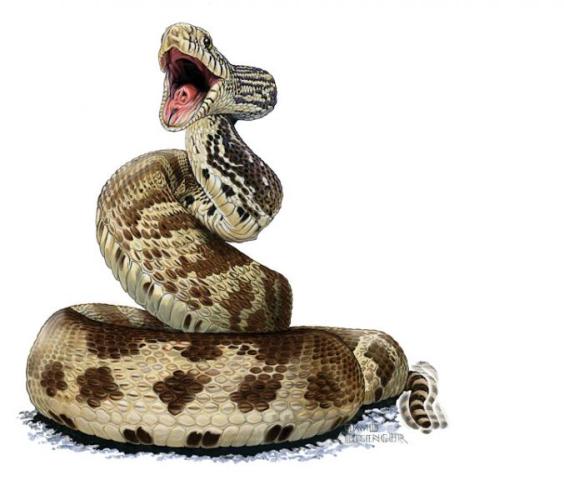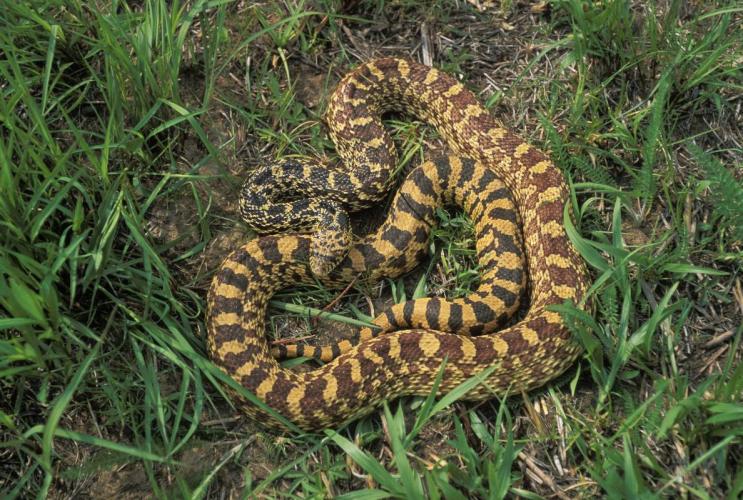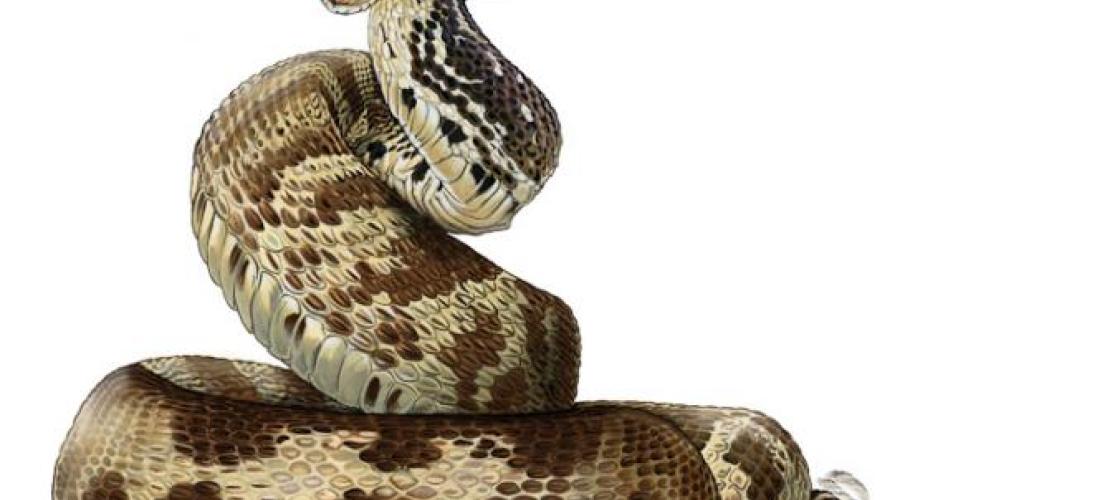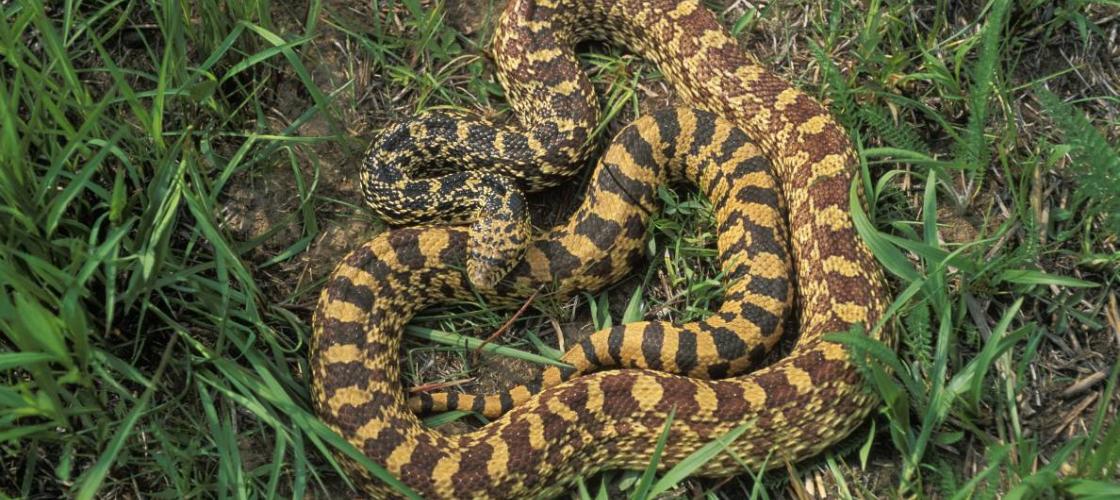They’re large, loud, and often misunderstood, yet bullsnakes come with benefits. Missouri’s largest snake can grow to over six feet. When alarmed, their defensive posture may cause them to be mistaken for venomous snakes. They will coil up, vibrate their tail, and hiss loudly like a bull. Yet, these relatively harmless snakes are helpful, especially for farmers. Bullsnakes eat a lot of crop-destroying rodents. See them in action in the video.
Diet
Bullsnakes have a varied diet which includes mice, rats, ground squirrels, pocket gophers, small rabbits, and birds and bird's eggs. They will hunt by day from April to early November, across the ground and climbing trees. Like all snakes, they smell through their tongue. Bullsnakes kill their prey by constriction and swallow them. Bullsnakes can fall prey to birds and mammals including hawks and owls, and their eggs are vulnerable as well.
Discover common snake myths
Life Cycle
Bullsnakes can mostly be found in western grasslands, open woodlands in Ozark borders, and pastures and fields. They move along sandy soil and loose dirt, using burrows of other animals. They will lay eggs in these or under logs. Eggs will attach to each other and hatch from late August through September. In winter, they will burrow underground, emerging in spring.
Bullsnakes are a species of conservation concern and vulnerable to roadkill. They are fascinating creatures to observe and valued for their help controlling farm pests.
Discover MO snakes in our Nature Boost podcast, (Season Two, Episode Four) with MDC Herpetologist Jeff Briggler.
Discover more about Bullsnakes in our Field Guide.
Discover more about Missouri Snakes.




Recent Posts
























